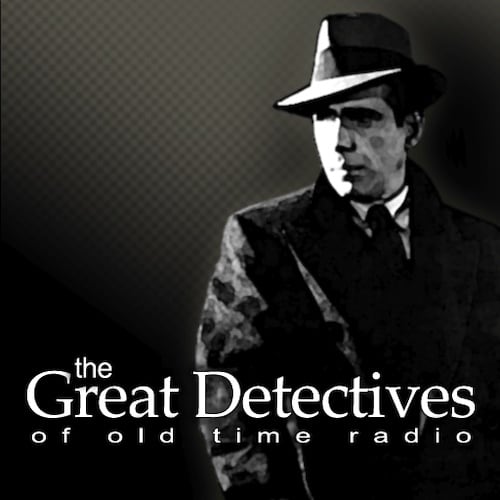Does modern politics with its robocalls and attack ads have you down? Try politics in the 1888 with a musical score attached.
The One and Only, Genuine, Original Family Band is a film that doesn’t get a whole lot of love in online reviews at least by people who post standalone reviews on their website. The 1968 Disney Musical is more often panned than praise. Yet, it was a favorite of mine growing up and I had an opportunity to watch it again and it deserves better than its gotten. So here goes.
In 1888, the Bauers are a musically talented family living in Missouri. The head of the house (Buddy Ebsen) is a soft-spoken Republican but his father is an outspoken Democrat (Walter Brennan) who wants to take the family band to St. Louis to perform at the Democratic Convention. Much to her grandfather’s chagrin, the eldest daughter is in love with a young Republican newspaperman (John Davidson) from the Dakota territory who wants to move the whole family and as many other Republicans as he can out to the Dakota territories to justify the bid to have the Dakotas admitted as two separate states and then to assure those states remain Republican.
If you love American history, this film is a great look back at a little known chapter. Their portrayal of the Dakota Territory politics makes clear that passion and even pettiness is nothing new to American politics, although the issues were arguably not as hot or fundamentally divisive in 1888 as it was today. It also reveals the Democratic and Republican Parties of the era were vastly different entities from their modern counterparts, so it’s hard to charge the The One and Only, Genuine, Original Family Band with any bias. The movie is full of ironic political moments. At a rally, one man complains that Cleveland refuses to take action to reduce the government surplus. In the election night event, as befits, a Hollywood musical, the two parties held one election night party and Democrats and Republicans taunted each other in songs. In one memorable portion, proponents of one side sang about their candidate’s pledges and the other side proclaimed, “Ahh, that’s politics.”Then they recited their own candidate’s similar platform and declared, “That’s statesmanship.”
The music has not been praised by most, as the song have been viewed as forgettable. Indeed, it doesn’t measure up to the great musicals like The Sound of Music or even Disney’s earlier hits like Chitty Chitty Bang Bang. It’s also true that Grandpa’s tribute to Grover Cleveland goes on way too long. However, the movie features the stirring song, “Dakota” sung by Davidson. It’s a stirring tribute and it’s stuck with me through the years as one of those songs that will all the sudden pop in my head. Then there’s the delightful, “‘Bout Time” sung by Davidson and co-star Lesley Ann Warren.
What makes the movie great are the great performances by Brennan, Davidson, and Ebsen and the movie’s message. As Grandpa, Brennan is at his cantankerous best, constantly stirring up trouble as the loudest Democrat in a Republican-dominated town. He’s sincere, well-intentioned, and patriotic.
Ebsen’s as Calvin Bower is a pillar of quiet strength. He respects his father, and goes along with his dad’s goal of singing at the Democratic Convention. When asked by a Democratic representative how he can be a Republican and want to come sing his father’s tribute to Grover Cleveland at the Democratic Conventions, Calvin replies that the song would not be well-received at a Republican Convention.
However, Calvin stands up to his father when his antics threaten his daughter’s happiness. And its Calvin who brings the town together at the end of the movie with a simple speech.
Davidson is great as a mix of romantic lead, a political firebrand, and also a respectful and noble opponent of Grandpa Bower’s political goals. Davidson’s Joe Carder remains a noble and decent man who is still passionate about his politics.
This is a movie without villains, but with plenty of conflict. The Bower family pulls together despite politics and sacrifices for one another. Calvin is ready to wait a year to go to Dakota despite the fact that good land will be gone to fulfill his father’s dream of going to the Democratic Convention. His dad chooses to give up his dream for the sake of his children and grandchildren. For the Bower’s family comes before party politics. And at the end of the day, the movie ends with the town joining hands to work together once the Presidency and the Dakotas fate had been decided.
Such an ending probably seemed too idealistic and simple when the film was released in 1968. The assassinations of both Robert F. Kennedy and Martin Luther King, as well as violence at the 1968 Democratic Conventions marred the election year. It may seem even more disconnected from our present reality when presidential elections lead to people either declaring the election fraudulent, suggesting that the United States be divided, or threatening to move to a foreign country. But to me, the end leaves me a little nostalgic.
Rating: 3.5 out of 5.0
This post contains affiliate links, which means that items purchased from these links may result in a commission being paid to the author of this post at no extra cost to the purchaser.
If you enjoyed this post, you can have new posts about Detective stories and the golden age of radio and television delivered automatically to your Kindle.
